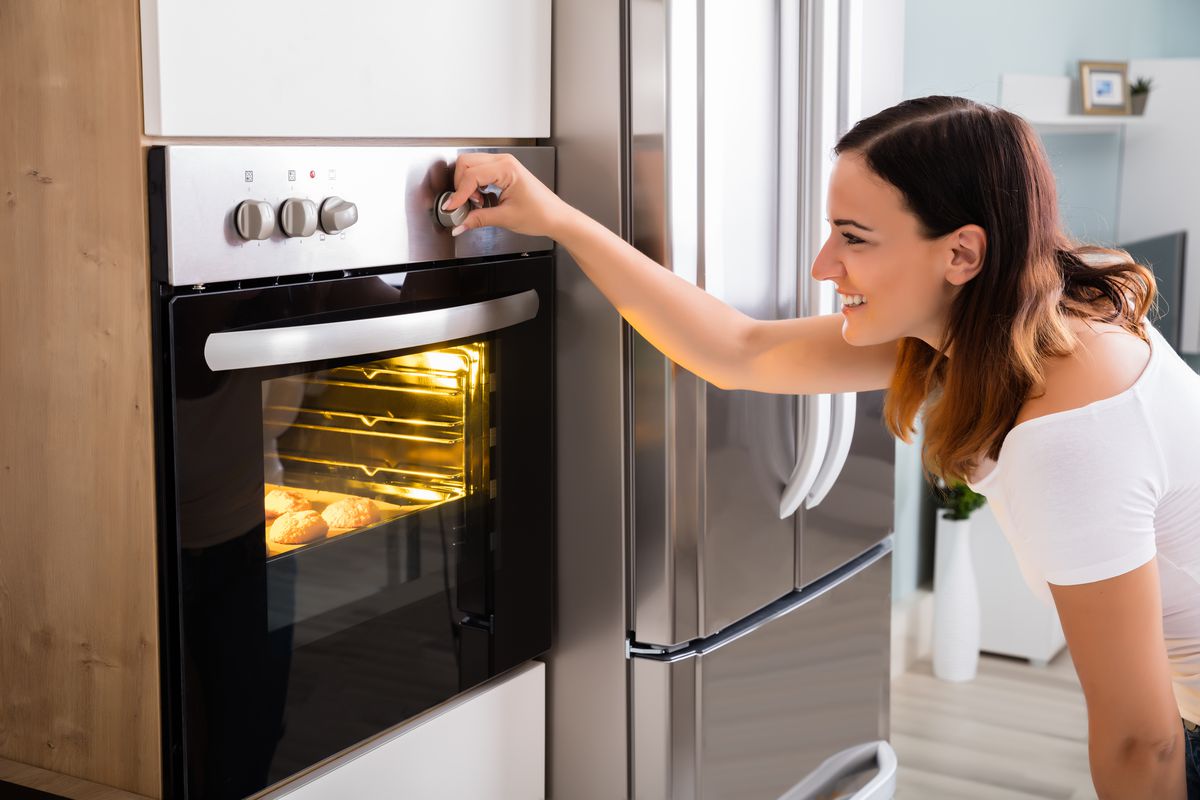

Articles
How To Preheat Microwave Oven
Modified: January 5, 2024
Learn how to preheat a microwave oven and get the best cooking results. Read our articles for step-by-step instructions and tips to optimize your microwave cooking experience.
(Many of the links in this article redirect to a specific reviewed product. Your purchase of these products through affiliate links helps to generate commission for Storables.com, at no extra cost. Learn more)
Introduction
Welcome to the wonderful world of microwave ovens! These ingenious appliances have revolutionized the way we cook and reheat our food. But did you know that preheating a microwave oven is an important step to ensure optimal cooking results? In this article, we’ll explore the significance of preheating and guide you through the steps to properly preheat your microwave oven.
Preheating a microwave oven might sound counterintuitive, as we often associate preheating with traditional ovens. However, preheating is just as essential when using a microwave oven. It involves allowing the appliance to reach its optimal operating temperature before placing the food inside. This helps in achieving evenly cooked, delicious, and safe meals.
So why is preheating important for microwave ovens? When you preheat your microwave oven, it allows the internal components such as the magnetron (the part that generates the microwaves), the turntable, and the cavity to reach their optimal temperature. This ensures that the microwaves are produced consistently and efficiently, resulting in even cooking and reheating.
Additionally preheating helps to eliminate any residual odors or flavors from previous cooking sessions, ensuring that your food tastes fresh and doesn’t have any unwanted aromas or lingering tastes.
Without preheating, you might notice hot and cold spots in your food, uneven cooking, or even food that is still partially frozen in certain areas. This happens when the internal components haven’t reached their optimal temperature, and the microwaves aren’t distributed evenly throughout the oven.
Now that we understand the importance of preheating, let’s dive into the step-by-step process of properly preheating your microwave oven.
Key Takeaways:
- Preheating your microwave oven is essential for even cooking, food safety, improved texture, and eliminating residual flavors. Follow simple steps and specific guidelines for various foods to achieve delicious results.
- By using microwave-safe cookware, covering food, and monitoring cooking times, you can ensure efficient preheating and enjoy perfectly cooked meals. Experiment and learn to master preheating techniques for optimal results.
Read more: How To Preheat IFB 25Sc3 Microwave Oven
Why is preheating important?
Preheating your microwave oven is crucial for several reasons. Let’s explore why it’s such an important step in achieving the best cooking results:
- Even Cooking: Preheating ensures that the internal components of the microwave oven, such as the magnetron and the turntable, reach their optimal temperature. This helps in distributing the microwaves evenly throughout the cavity, resulting in consistent and even cooking. Without preheating, you may end up with food that is partly cooked and partly raw, or with hot and cold spots.
- Food Safety: Preheating eliminates any potential bacteria or contaminants that may be present in the microwave oven. By allowing it to reach its optimal temperature, any lingering germs are eliminated, ensuring that your food is safe to consume. This is especially important when reheating leftovers or cooking raw meat, as it helps in preventing foodborne illnesses.
- Improved Texture: Preheating helps in achieving the desired texture of certain foods. When you preheat your microwave oven, it ensures that the food starts cooking from its intended temperature, resulting in better texture and consistency. This is particularly important for baked goods, where the preheating process ensures that the dough rises and bakes properly.
- Odor and Flavor Elimination: Preheating helps in eliminating any residual odors or flavors from previous cooking sessions. This is especially useful if you’ve recently cooked something with strong aromas, such as fish or garlic. By preheating the microwave oven, you can ensure that your food doesn’t absorb any unwanted smells or tastes, and it maintains its natural flavor.
- Energy Efficiency: Preheating your microwave oven for a short duration helps in reducing the cooking time, which in turn saves energy. When the oven is already at the desired temperature, it takes less time to cook or reheat your food, making it an energy-efficient process.
By preheating your microwave oven, you can enjoy perfectly cooked and delicious meals, while also ensuring food safety and energy efficiency. Now, let’s move on to the step-by-step guide of how to preheat your microwave oven effectively.
Steps for preheating a microwave oven
Preheating your microwave oven is a simple process that ensures optimal cooking results. Follow these steps to effectively preheat your microwave oven:
- Clean the Interior: Start by ensuring that the interior of your microwave oven is clean. Remove any food debris or spills, as they can cause unwanted odors or flavors during the preheating process.
- Select the Power Level: Depending on your microwave oven model, you may have the option to adjust the power level. For preheating, it is recommended to use the highest power level available to quickly bring the oven to its optimal temperature.
- Set the Time: Set the timer for 1-2 minutes. This should be enough time to preheat the microwave oven to its desired temperature. If your oven has a specific preheat setting, follow the manufacturer’s instructions for that particular model.
- Start the Preheating Process: Press the Start or Power button to initiate the preheating process. The microwave oven will begin to generate heat and bring the cavity to its optimal temperature.
- Monitor the Oven: While the microwave oven is preheating, keep an eye on it to ensure there are no issues or malfunctions. If you notice any unusual sounds or smells, immediately stop the preheating process and inspect the oven.
- Wait for the Completion: Once the preheating time is up, the microwave oven will beep or indicate that it has reached its optimal temperature. Open the oven door briefly and check if the interior feels warm. If so, it’s ready for use.
Following these steps will help in preheating your microwave oven effectively. Now let’s explore the specific preheating requirements for different types of foods.
Place a microwave-safe bowl of water in the microwave and heat it for 2-3 minutes. This will create steam and help to preheat the microwave, making it easier to cook or reheat food evenly.
Preheating for different foods
While the general preheating process for a microwave oven remains the same, it’s important to consider the specific preheating requirements for different types of foods. Here are some guidelines to follow:
- Beverages and Liquids: When preheating liquids such as water or milk, it’s important to use a microwave-safe container. Heat the liquid in short intervals, stirring in between, to ensure even heating. Avoid overheating, as liquids can quickly reach boiling temperatures and cause splattering.
- Frozen Foods: Preheating frozen foods is essential to ensure that they are heated evenly and thoroughly. Most frozen meals or leftovers come with specific heating instructions. It’s important to follow these instructions carefully for the best results. Generally, it’s recommended to start with a higher power level and adjust the time accordingly to avoid overcooking.
- Baked Goods: When preheating baked goods such as bread, pastries, or pizza, it’s best to place them on a microwave-safe plate or rack. Preheating helps in achieving a crispy texture. Start with a moderate power level, as using high power may cause the dough to become tough or rubbery.
- Meats and Poultry: Preheating meats and poultry is important to ensure even cooking and to eliminate any potential bacteria. It’s best to partially defrost the meat before preheating. Place the meat on a microwave-safe dish and use a lower power level to prevent uneven cooking or drying out.
- Leftovers: Preheating leftovers in a microwave oven helps in refreshing the taste and texture. To ensure even heating, stir or rotate the food during the preheating process. Check for hot spots and adjust the power level or time as needed.
These are just general guidelines, and it’s important to follow any specific instructions provided on the food packaging. Preheating times and power levels may vary depending on the wattage and features of your microwave oven. Experimentation and practice will help you determine the ideal preheating settings for your favorite foods.
Now, let’s move on to some tips to ensure efficient preheating in your microwave oven.
Tips for efficient preheating
To make the most out of your preheating process and ensure efficient cooking in your microwave oven, consider the following tips:
- Use Microwave-Safe Cookware: Always use microwave-safe containers and dishes for preheating. Avoid using metal or containers with metallic accents, as they can cause sparks or damage to the oven. Opt for glass, ceramic, or microwave-safe plastic containers.
- Cover the Food: For certain foods, like vegetables or reheating leftovers, covering the dish with a microwave-safe lid or microwave-safe plastic wrap can help retain moisture and speed up the preheating process. Make sure to leave a small vent for steam to escape.
- Stir or Rotate the Food: Stirring or rotating the food during the preheating process helps in achieving even heating. This is particularly important for dishes with thicker sauces or soups. Simply pause the preheating process, stir the food, and continue heating.
- Monitor Cooking Times: Keep an eye on the preheating process and adjust cooking times as needed. Different microwave ovens vary in their power and wattage, so it’s important to pay attention to how your specific oven performs. Undercooking or overcooking can be avoided by monitoring cooking times closely.
- Don’t Overcrowd the Oven: Avoid overcrowding the microwave oven with too many dishes or containers. This can hinder the circulation of microwaves and result in uneven heating. If you’re preheating multiple dishes, consider doing it in batches to ensure efficient cooking.
- Follow Food Safety Guidelines: It’s important to follow proper food safety guidelines when preheating your microwave oven. Thaw frozen foods thoroughly, especially meats and poultry, to avoid any potential foodborne illnesses. Use a food thermometer to ensure that the internal temperature of certain foods reaches the recommended safe temperature.
- Experiment and Learn: Each microwave oven is different, so don’t be afraid to experiment and learn how your specific oven performs. Take note of the preheating times and power levels that work best for different types of foods. With practice, you’ll become more familiar with your microwave oven’s capabilities and achieve optimal cooking results.
By following these tips, you can ensure efficient preheating and enjoy delicious, evenly cooked meals from your microwave oven. Now let’s wrap up this article.
Read more: How To Preheat Cuisinart Toaster Oven
Conclusion
Preheating a microwave oven is a crucial step in achieving optimal cooking results. By allowing the internal components to reach their optimal temperature, preheating ensures even heating, food safety, improved texture, and eliminates residual flavors or odors. Following a few simple steps, you can effectively preheat your microwave oven for various types of foods.
Remember to clean the interior of the oven, select the appropriate power level, set the timer, and monitor the preheating process. Different foods have specific preheating requirements, so it’s important to follow guidelines for beverages, frozen foods, baked goods, meats, and leftovers. Additionally, implementing tips such as using microwave-safe cookware, covering the food, stirring or rotating, and monitoring cooking times will help achieve efficient preheating and ensure delicious results.
As you become more familiar with your microwave oven’s performance, adjust preheating times and power levels based on your preferences and the specific needs of the food you’re heating. With practice, you’ll master preheating techniques that result in beautifully cooked meals every time.
So don’t overlook the importance of preheating your microwave oven. Embrace this essential step and take your culinary adventures to a new level of excellence. Enjoy the convenience and efficiency of your microwave oven, knowing that proper preheating will enhance your cooking experience and deliver delicious results.
Frequently Asked Questions about How To Preheat Microwave Oven
Was this page helpful?
At Storables.com, we guarantee accurate and reliable information. Our content, validated by Expert Board Contributors, is crafted following stringent Editorial Policies. We're committed to providing you with well-researched, expert-backed insights for all your informational needs.
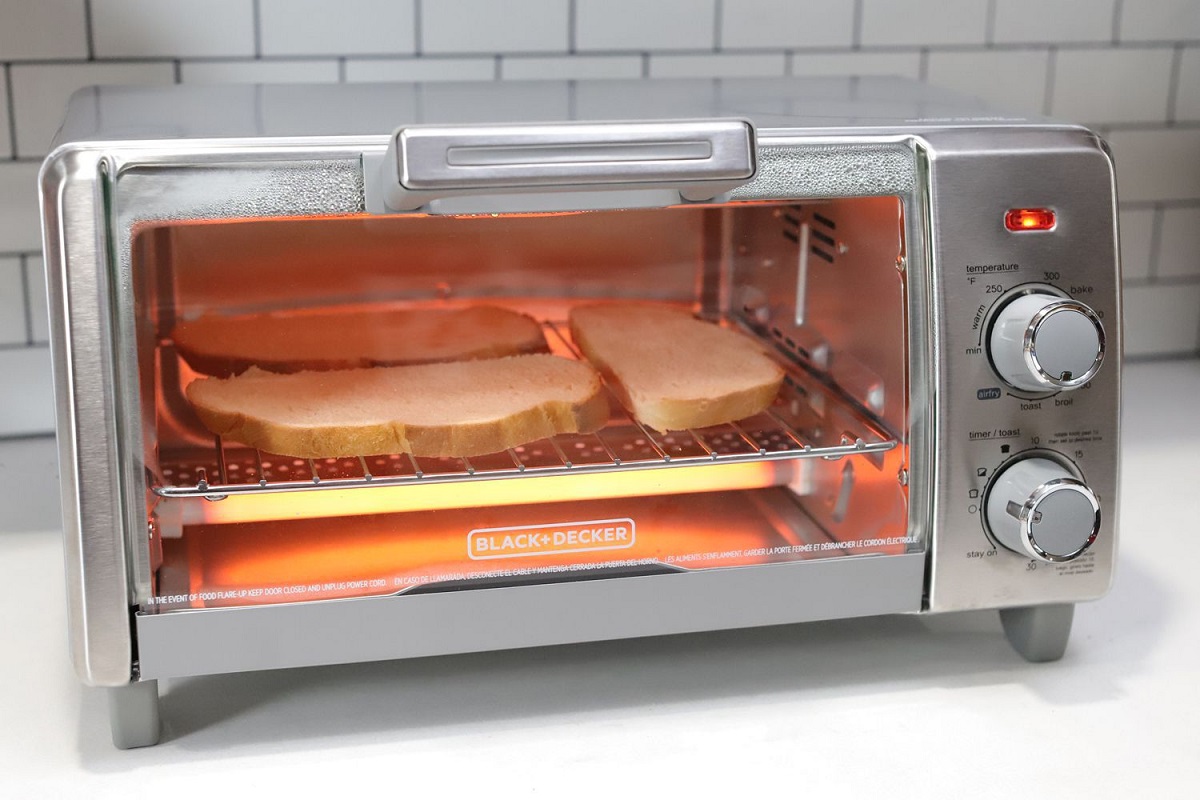
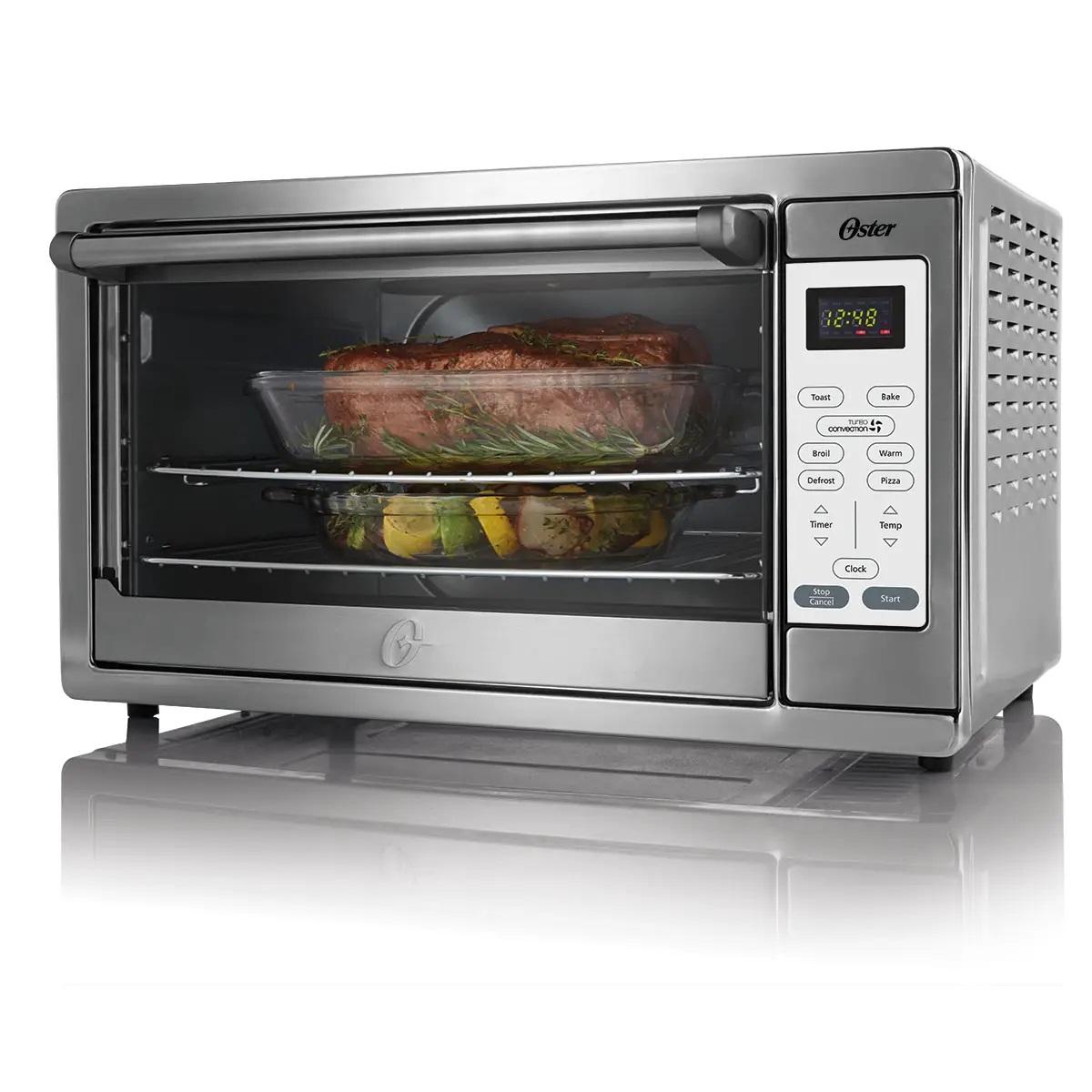
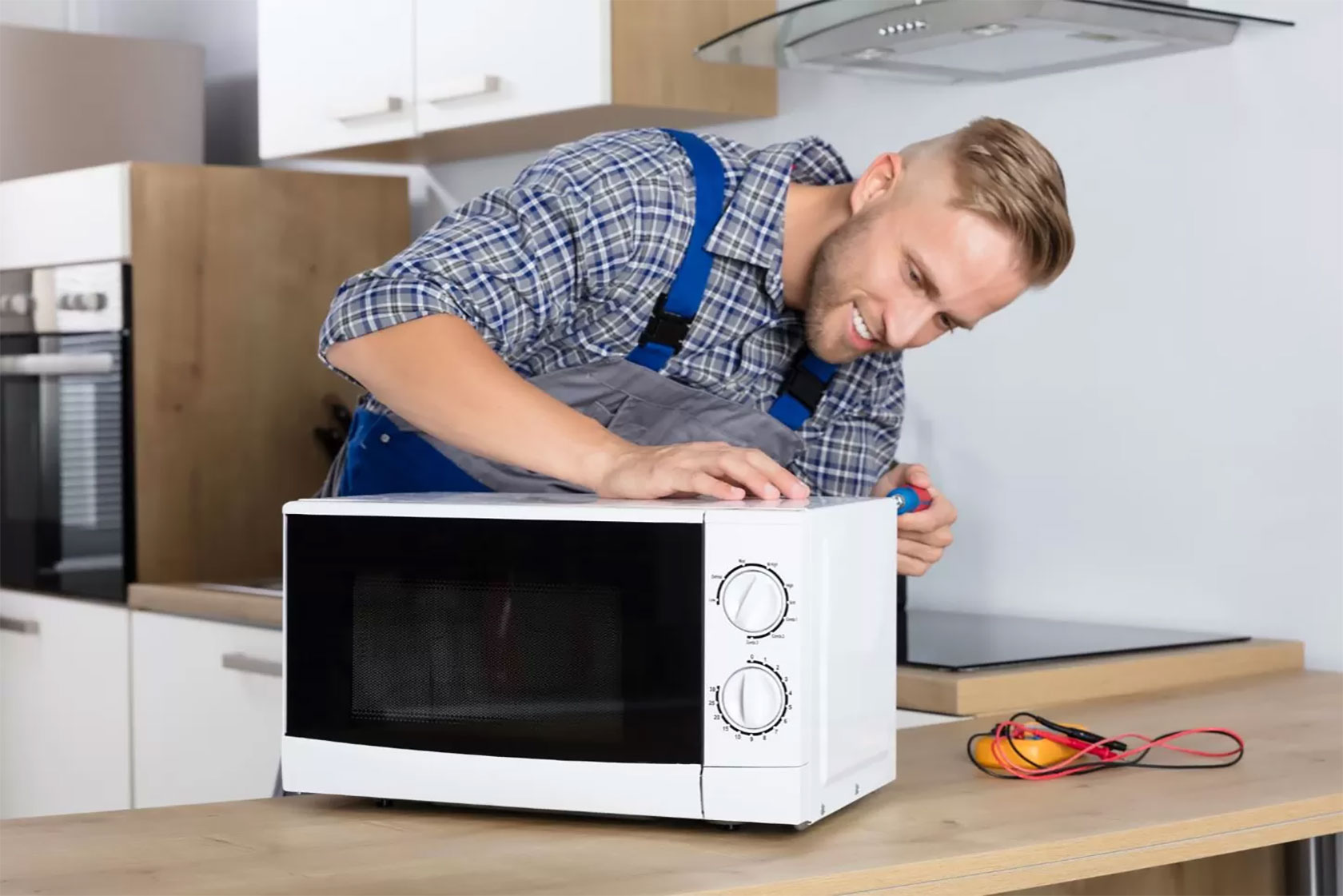
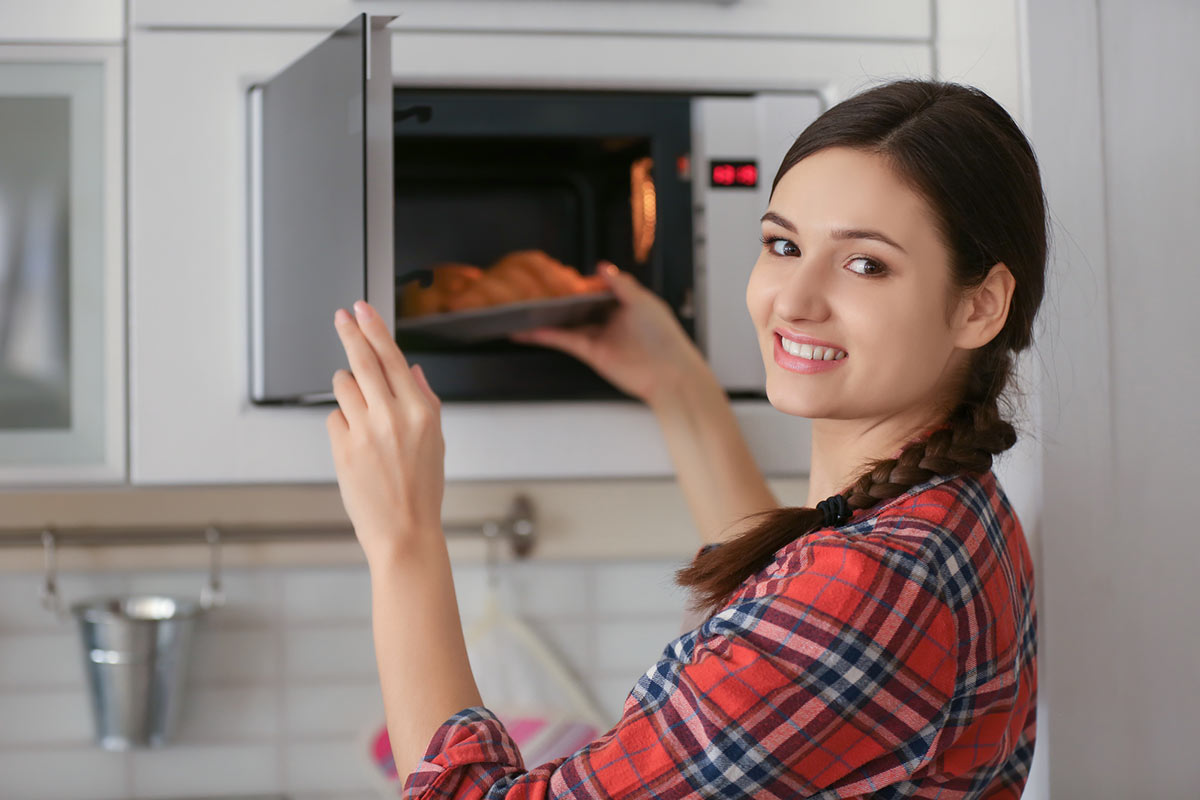
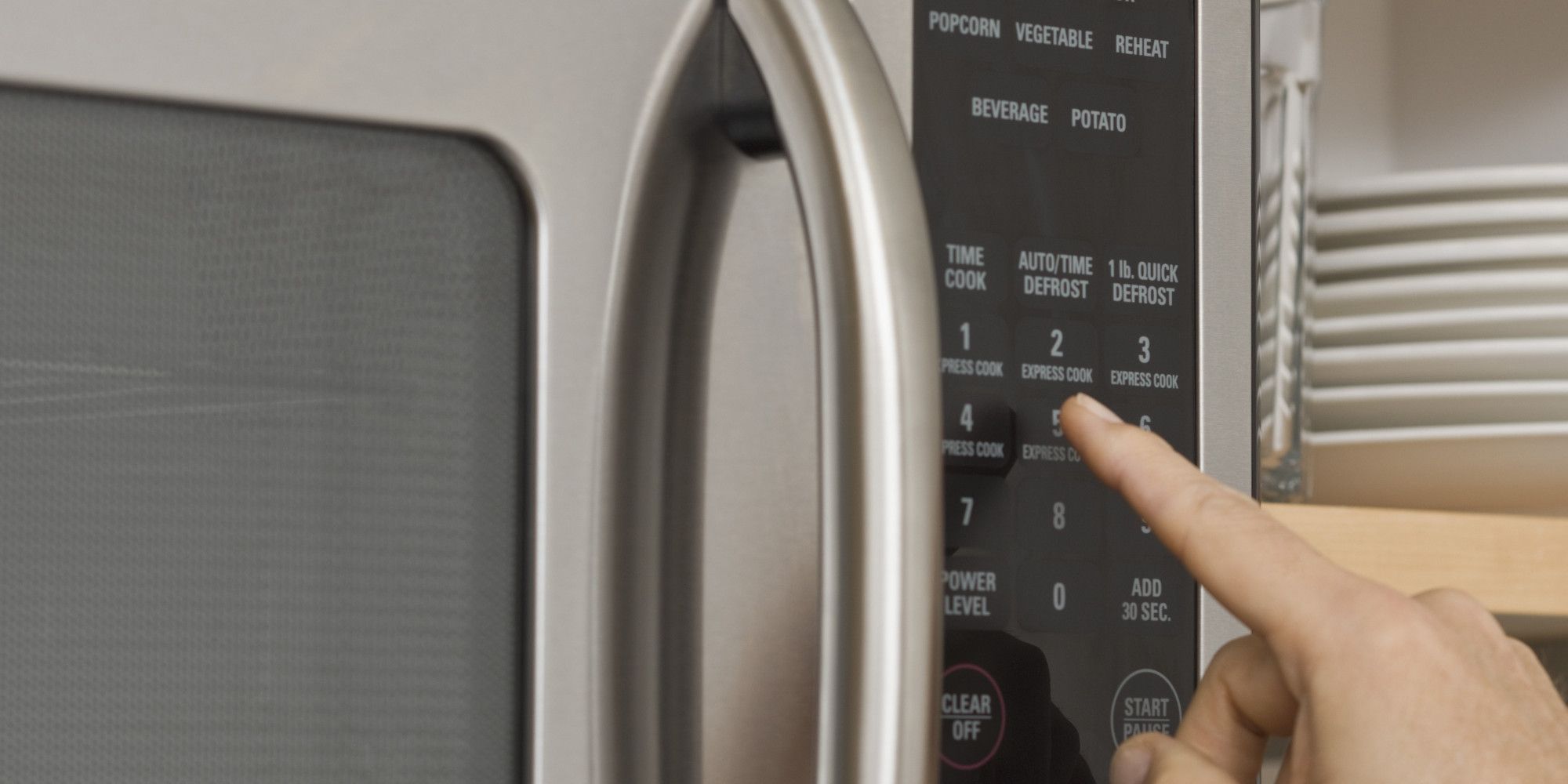
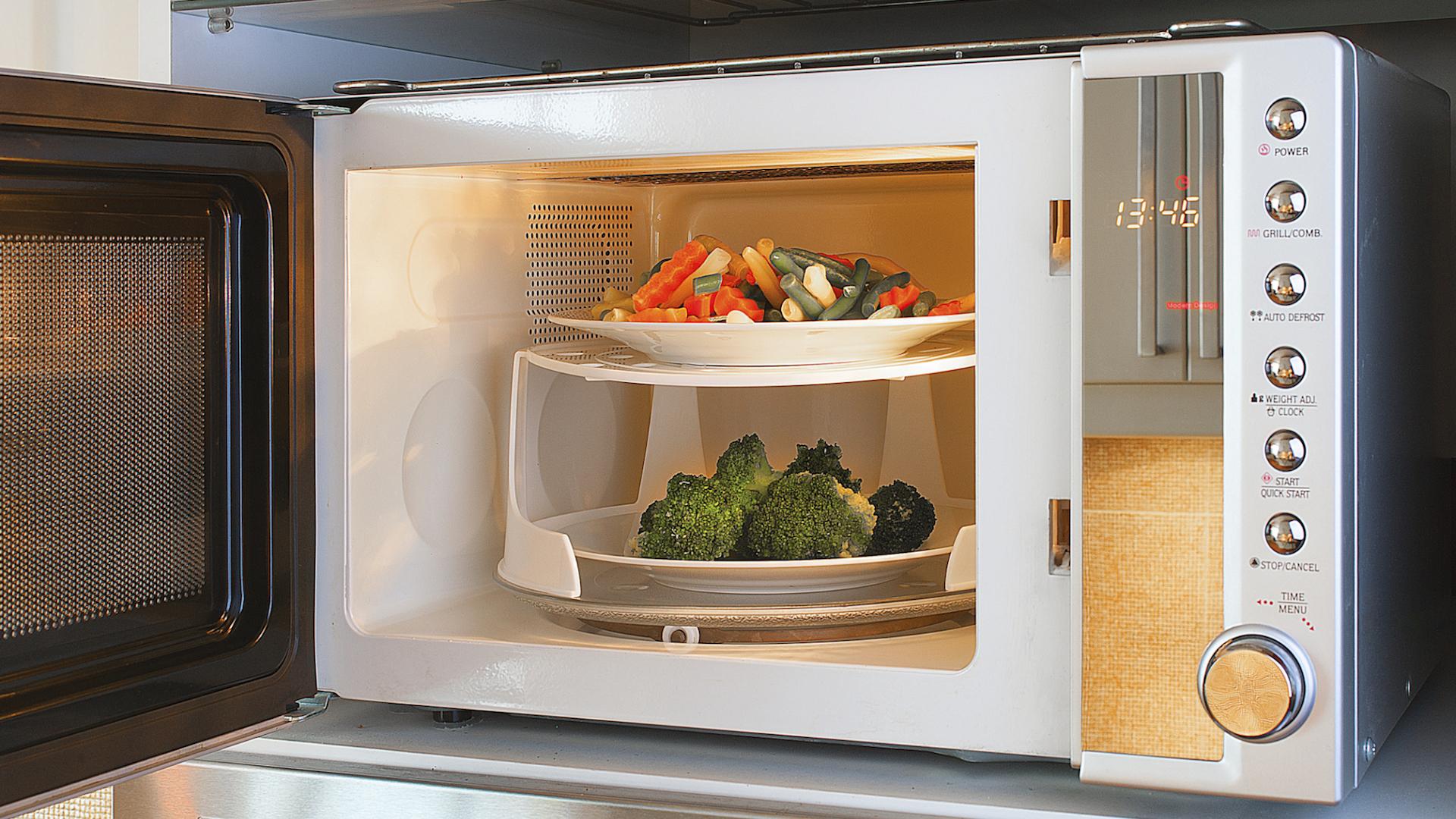
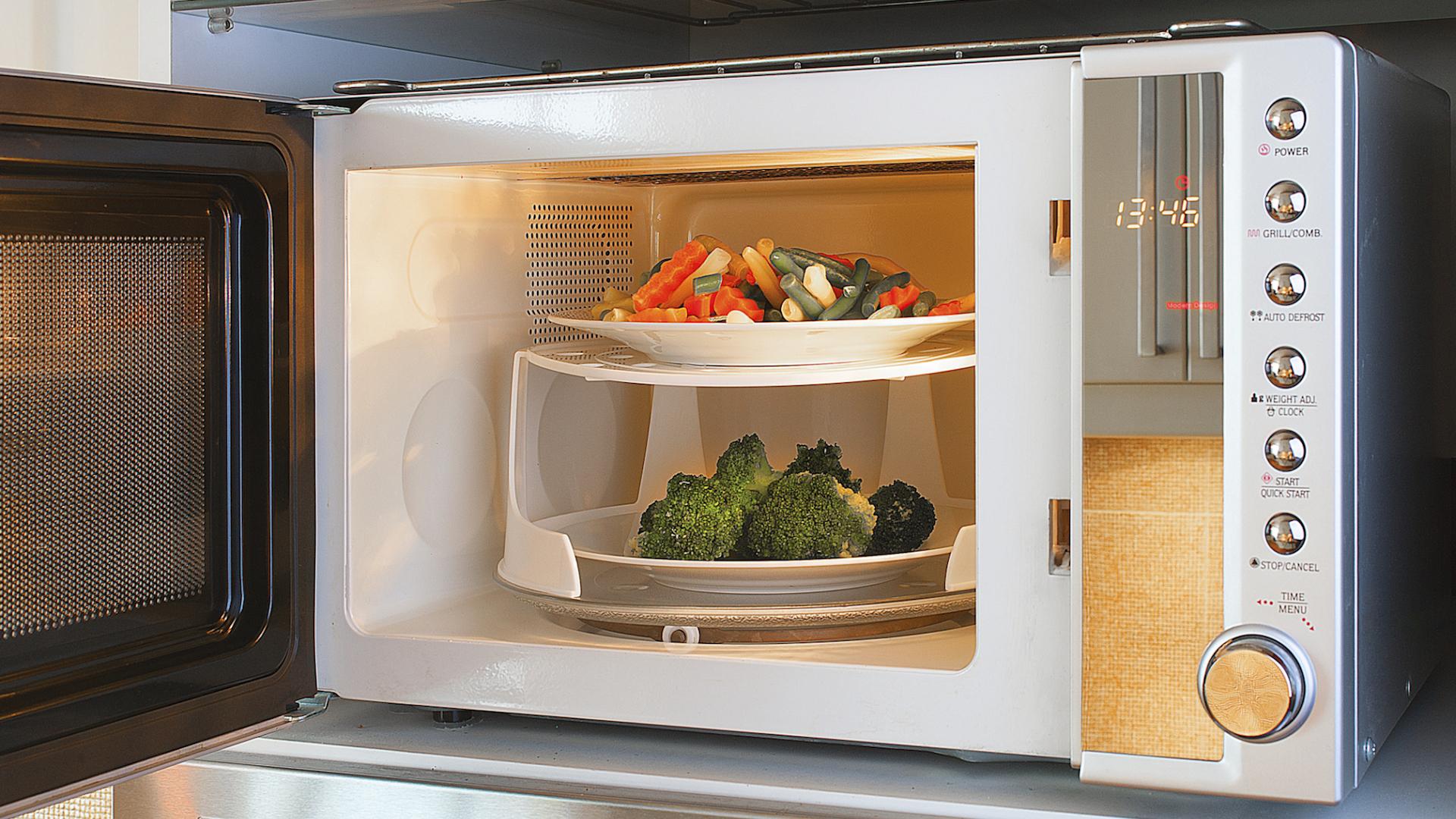
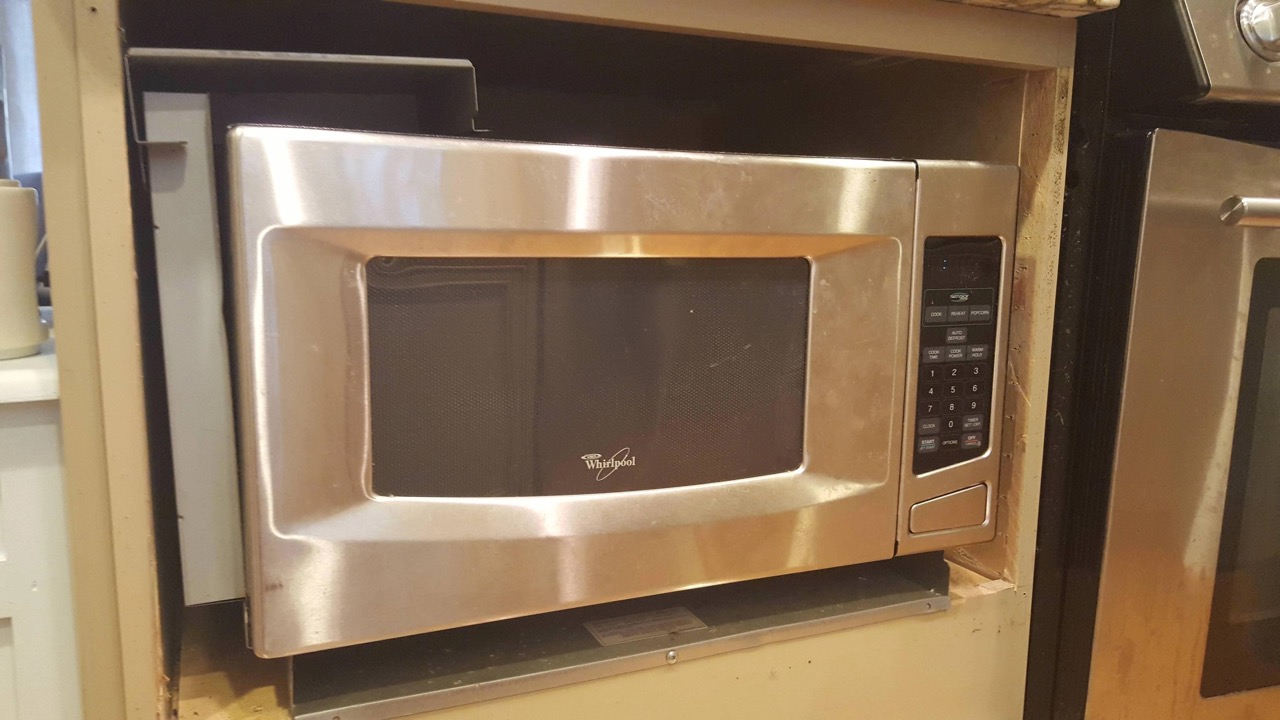

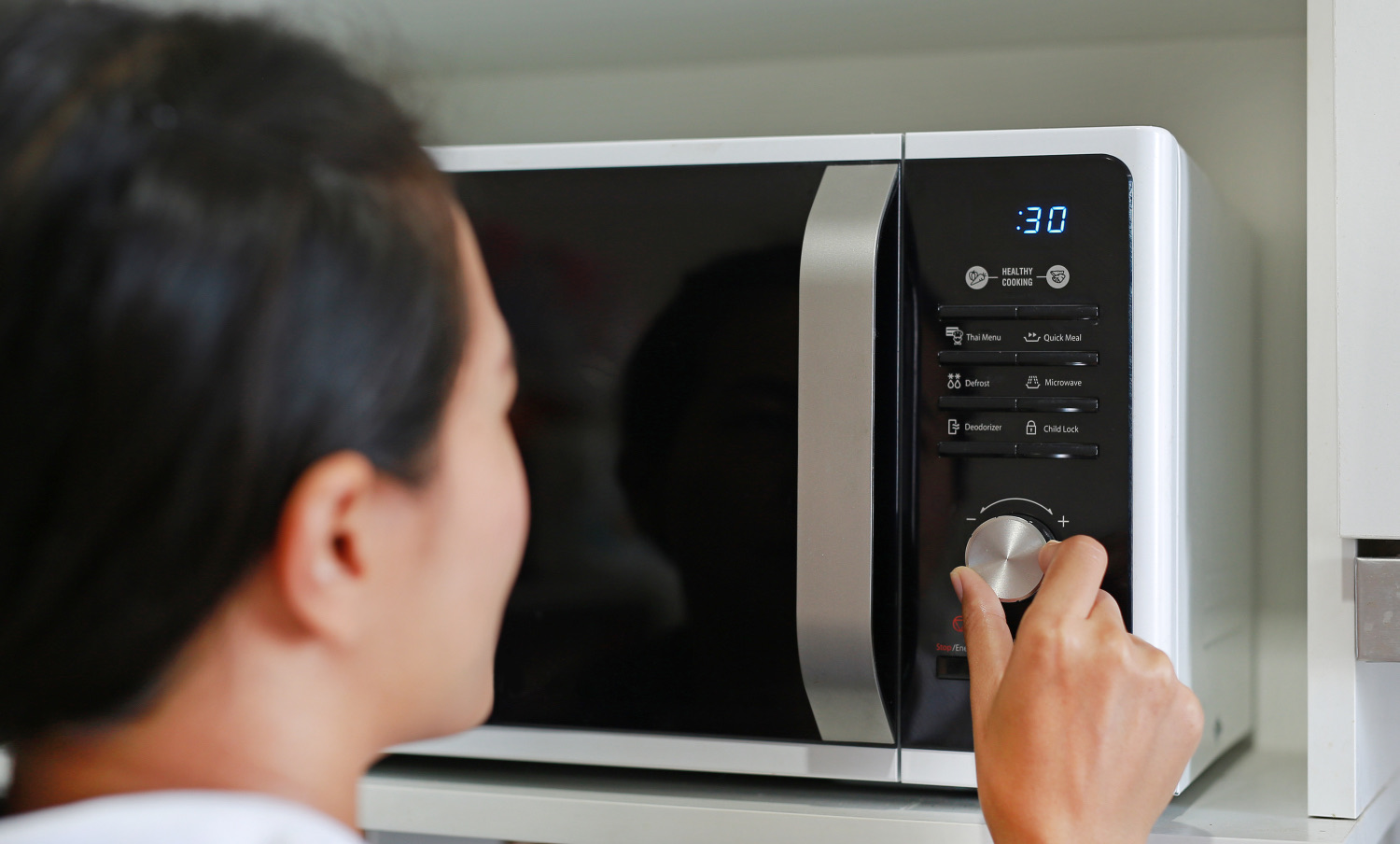
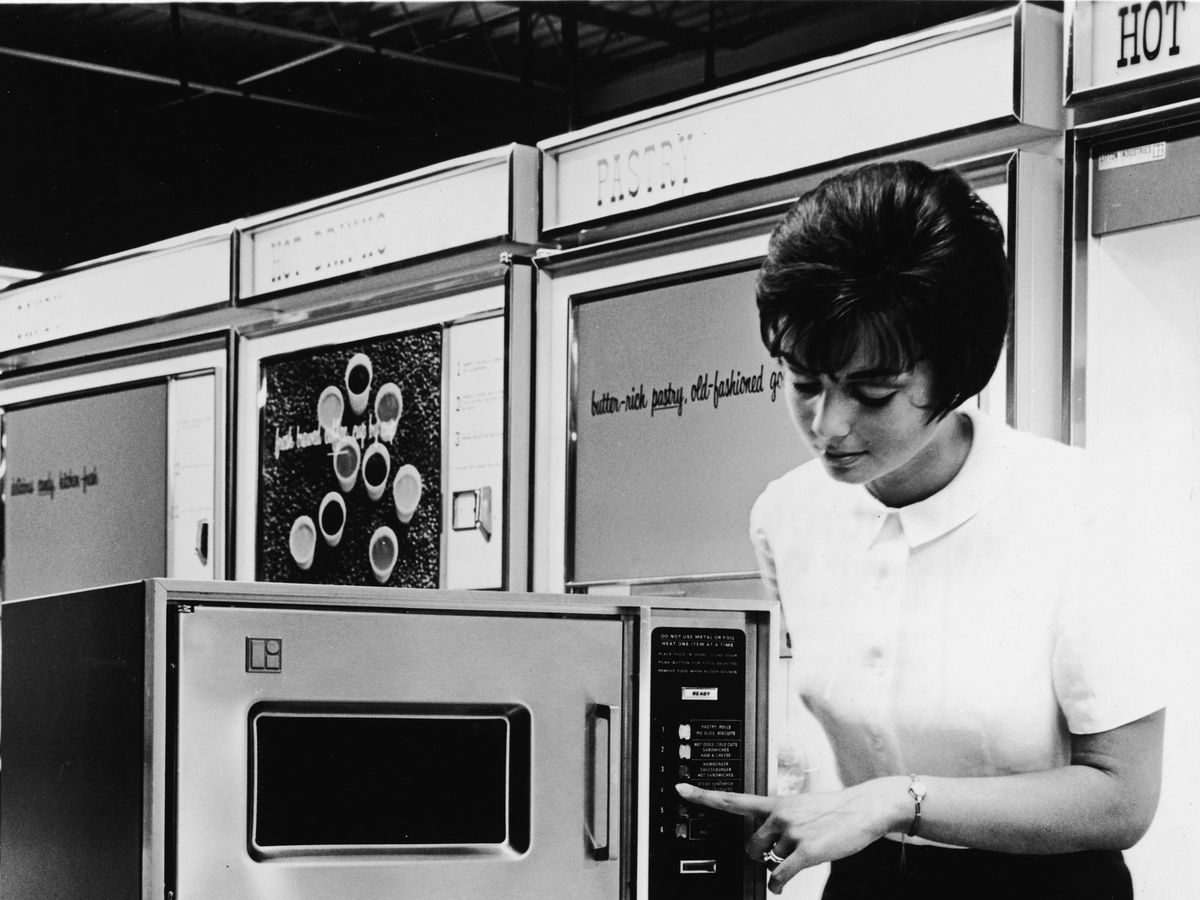
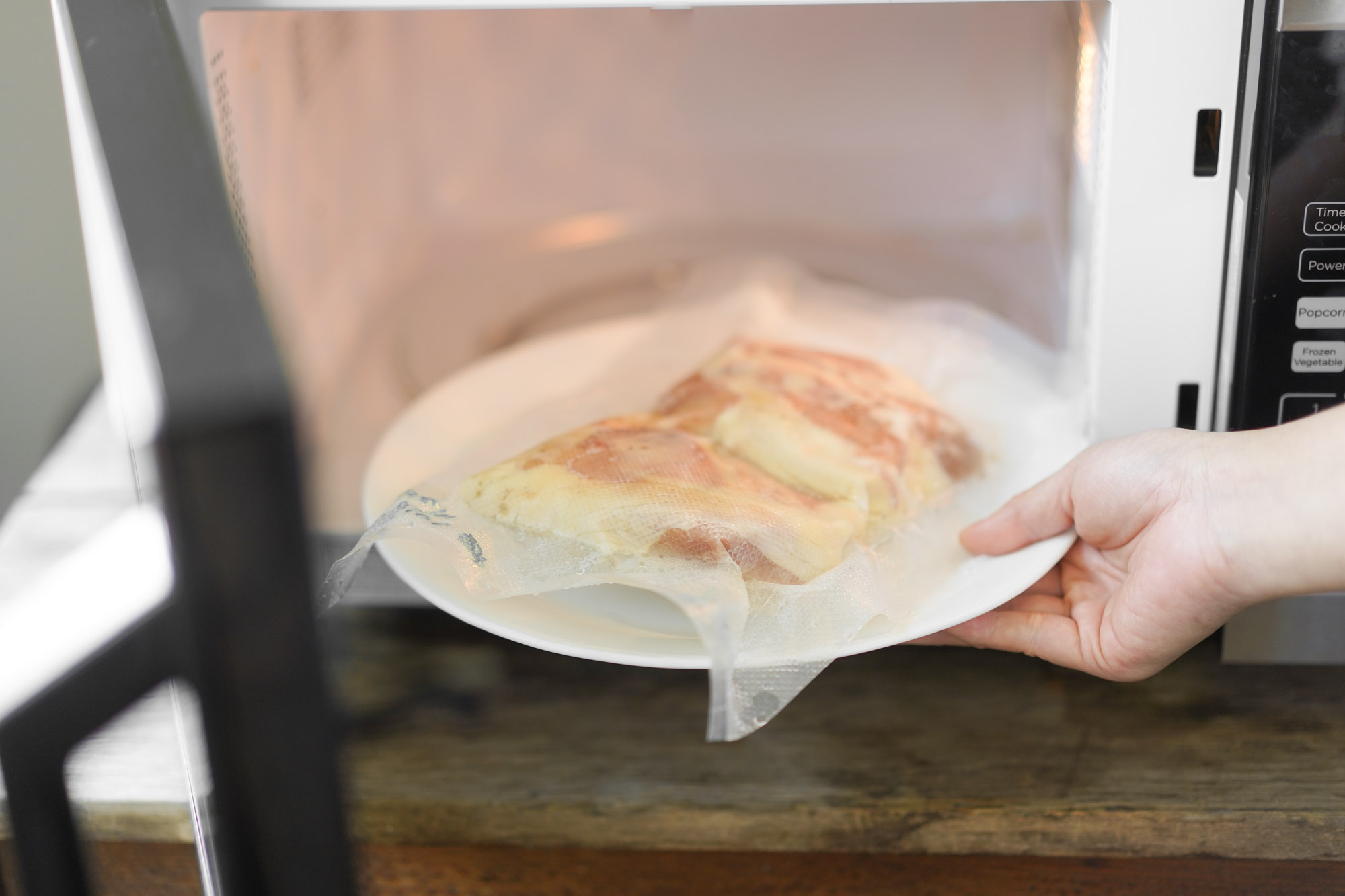
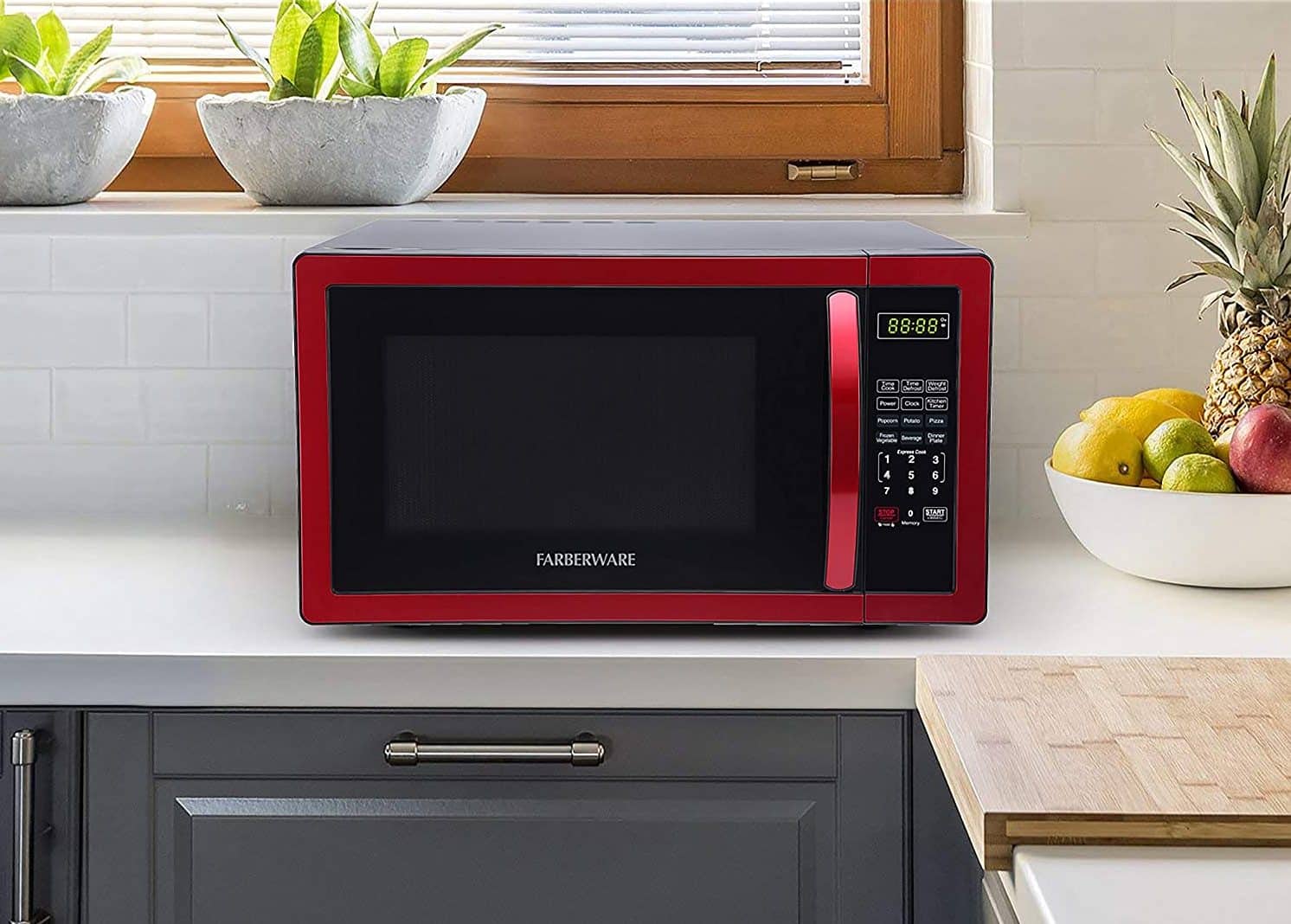


0 thoughts on “How To Preheat Microwave Oven”